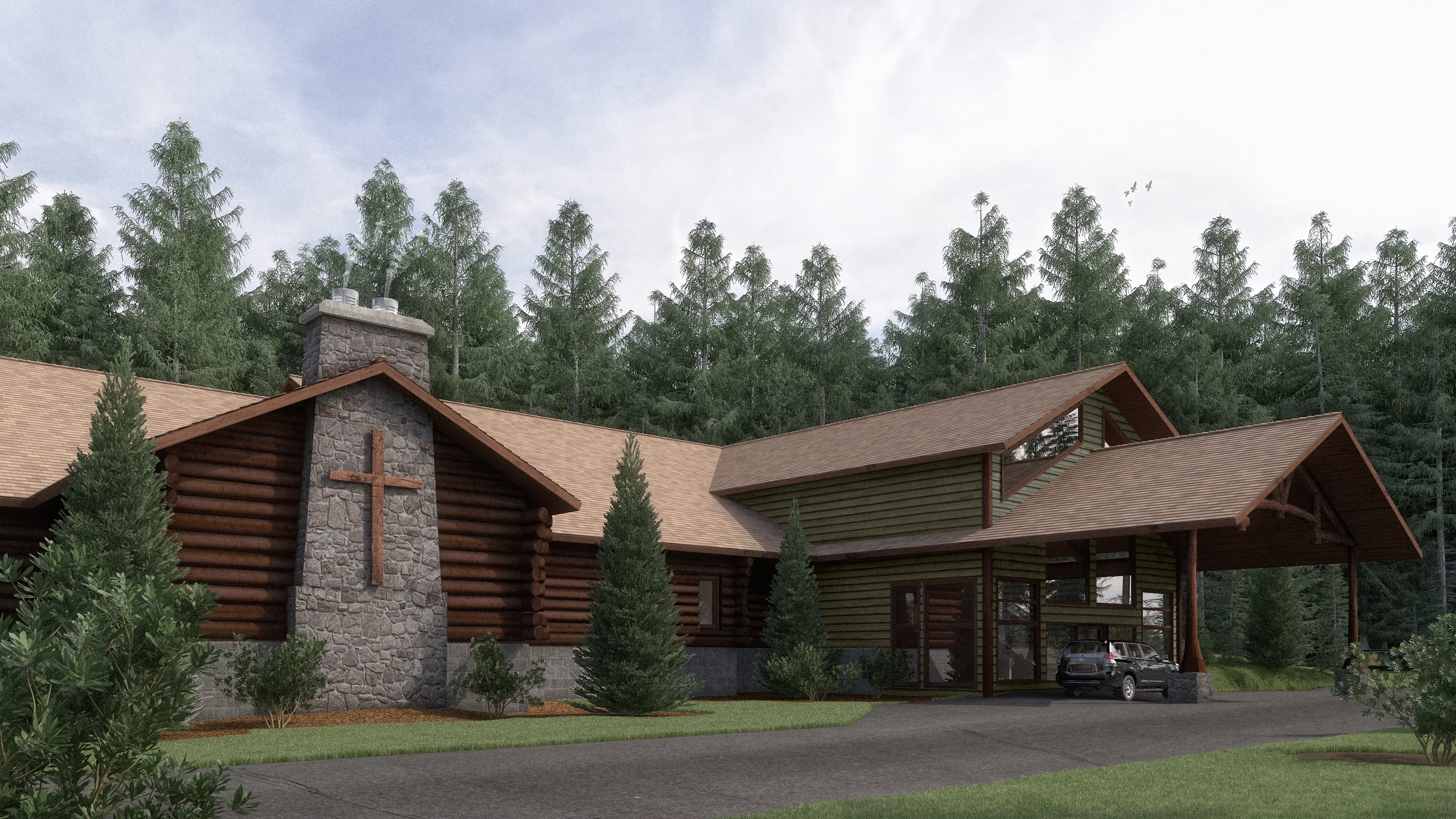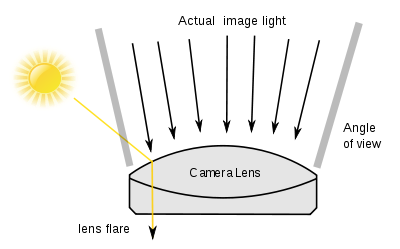Happy Birthday, Bob Ross
Robert Norman "Bob" Ross was an American painter, art instructor, and television host. He is best known as the creator and host of The Joy of Painting, a television program that ran for more than a decade on PBS in the United States and Canada.
Did you enjoy this blog post? If so, then why not:
Leave Comment | Subscribe To This Blog | Email Me
Many 3D Artists Feel Intimidated by Design
Architectural illustrations and 3D renderings are the same thing as composition. Despite rumours to the contrary, there's no imperative difference. They both boil down to what you put where. We make decisions then we place 3D geometry in one place or another on our screen.
Composition and design are ultimately what an architectural illustration and 3D rendering is about. Many 3D artists feel intimidated by design, that it's more than they want to deal with. They push it into the back-burner and hope that somehow it will take care of itself. However, the fact is that design can be demystified - and it must be, since consistently successful results come no other way.
Mountain climbing seems to mirror the act of creating 3D art. Does anyone just forgo planning and "hit the road" to reach the peak? Obviously, not if you intent to see the view from the top, and not if you plan to get there again. Happy accidents seldom happen when climbing to great heights. That requires understanding, planning and practice.
Even with a plan, success is never guaranteed. It just improves the chances. Good composition requires a well-developed sense of design. How do you require good design? You study, observe, and ask questions. In the process, you learn to see critically. And you render - a lot, while consciously applying the concepts you've discovered.
We're all aware that there's much about art that is intuitive. But few realise how much of art is logical and reasonable. It can be understood. And, once understood and absorbed, eventually it becomes second nature. Anyone who sets out with serious intent can master design.
Did you enjoy this blog post? If so, then why not:
Leave Comment | Subscribe To This Blog | Email Me
Crosslake Evangelical Free Church Rendering
Crosslake Evangelical Free Church in Crosslake, MN, also known as the Log Church, is proposing an addition to their historic church building. I was asked to illustrate the addition, attached to the existing log church, for fundraising.
Did you enjoy this blog post? If so, then why not:
Leave Comment | Subscribe To This Blog | Email Me
A Rendering with Flare
Flare adds atmosphere of a kind, and also a sense of actuality. Certainly, for strongly manipulated and special-effects imagery, adding flare can be a useful way of helping to convince the viewer that a scene is genuine.
The polygonal flare patterns that are created by internal aperture reflections and refractions from a point source of light (such as the sun) that is either just inside or just outside the picture frame.
From your final 3D rendering, inside your post processing application, you can add your flare. For the most part, you add a flare for a treatment that conveys the intensity of the sun and a general feeling of heat. The software I use is the Knoll Light Factory plug-in for Photoshop.
Keeping the generated flare on a separate layer makes it easy to align with the sun and the rest of your 3D scene.
Did you enjoy this blog post? If so, then why not:
Leave Comment | Subscribe To This Blog | Email Me
The Properties of Color
Any color has three basic properties - it's hue, its tone, and its intensity. Hue means the color as identified by its name - red or blue, for example. Tone means the lightness or darkness of a color. You can, for instance, have a light blue or a dark blue. In addition to the properties of hue and tone, colors have a varying degree of intensity. Two reds may be identical in tone and yet be clearly different, with one more intense, or brighter, than the other. The difference in intensity is sometimes called color saturation.
When you use the word color, you are generally referring to these three properties - hue, tone, and intensity - simultaneously. However, it is helpful to be able to identify them separately because when you notice that a color is "wrong", you will be better able to pinpoint what is wrong with it - whether it is too light in tone or too intense.
Did you enjoy this blog post? If so, then why not:
Leave Comment | Subscribe To This Blog | Email Me
Quick Thumbnail Sketches
To avoid basic mistakes in your composition, make a quick sketch of the main shapes.
It may sound laborious to make small sketches before embarking on the main 3D Architectural Rendering, but it is helpful, because it can save you having to make changes later. The more preparation you do, the more chance you have of achieving a successful 3D Architectural Rendering.
John Maeda: How art, technology and design inform creative leaders
John Maeda, President of the Rhode Island School of Design, delivers a funny and charming talk that spans a lifetime of work in art, design and technology, concluding with a picture of creative leadership in the future. Watch for demos of Maeda’s earliest work -- and even a computer made of people.
John Maeda is the president of the Rhode Island School of Design, where he is dedicated to linking design and technology. Through the software tools, web pages and books he creates, he spreads his philosophy of elegant simplicity.
Softness and Building Blur
Bryan O'Neil Hughes explains the importance of softness and shallow depth of field in photographs and how it is possible to mimic it in Photoshop CS6.










